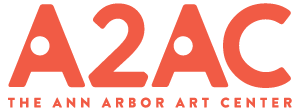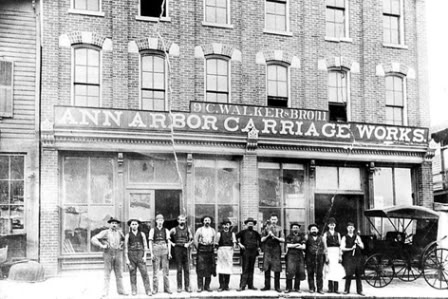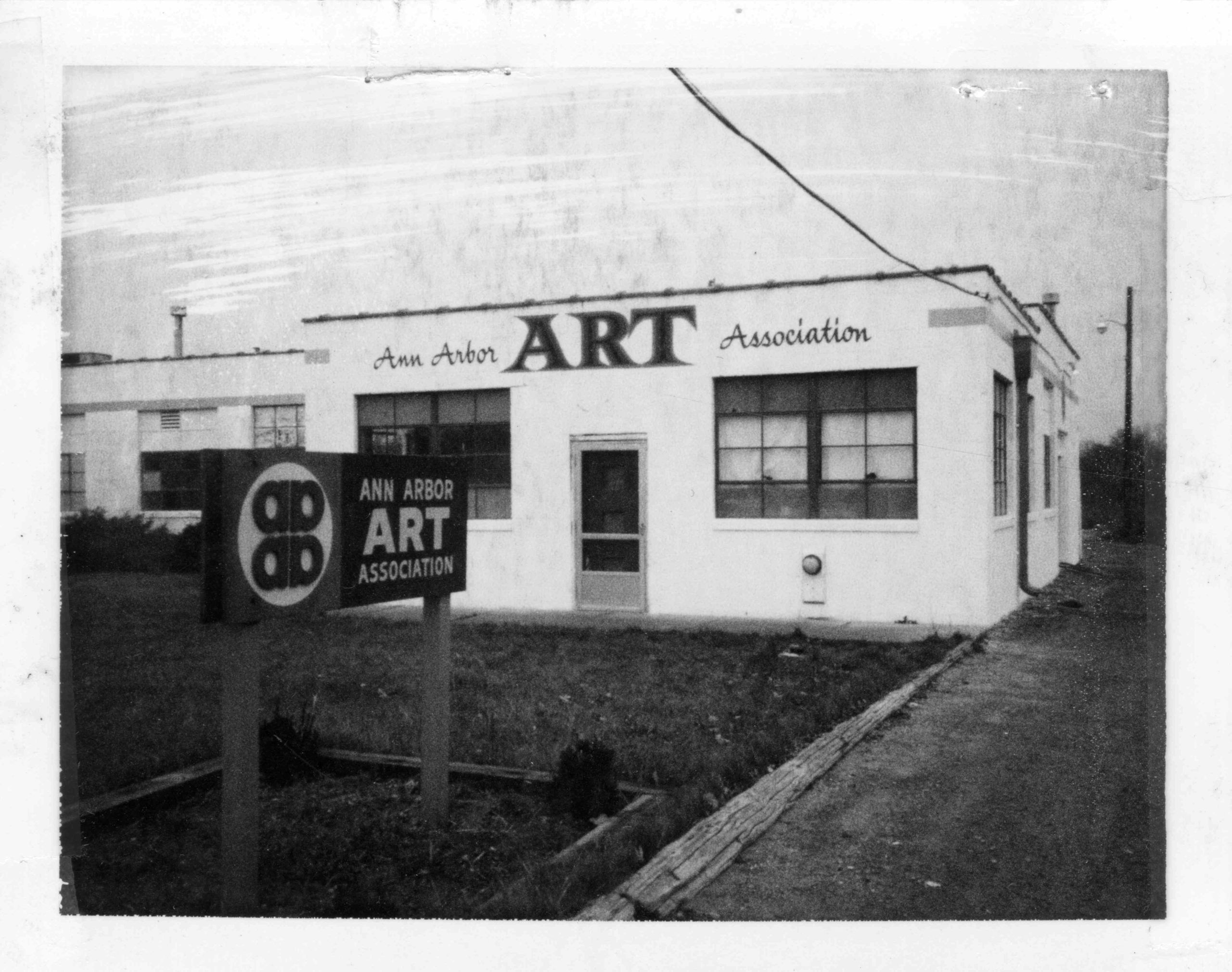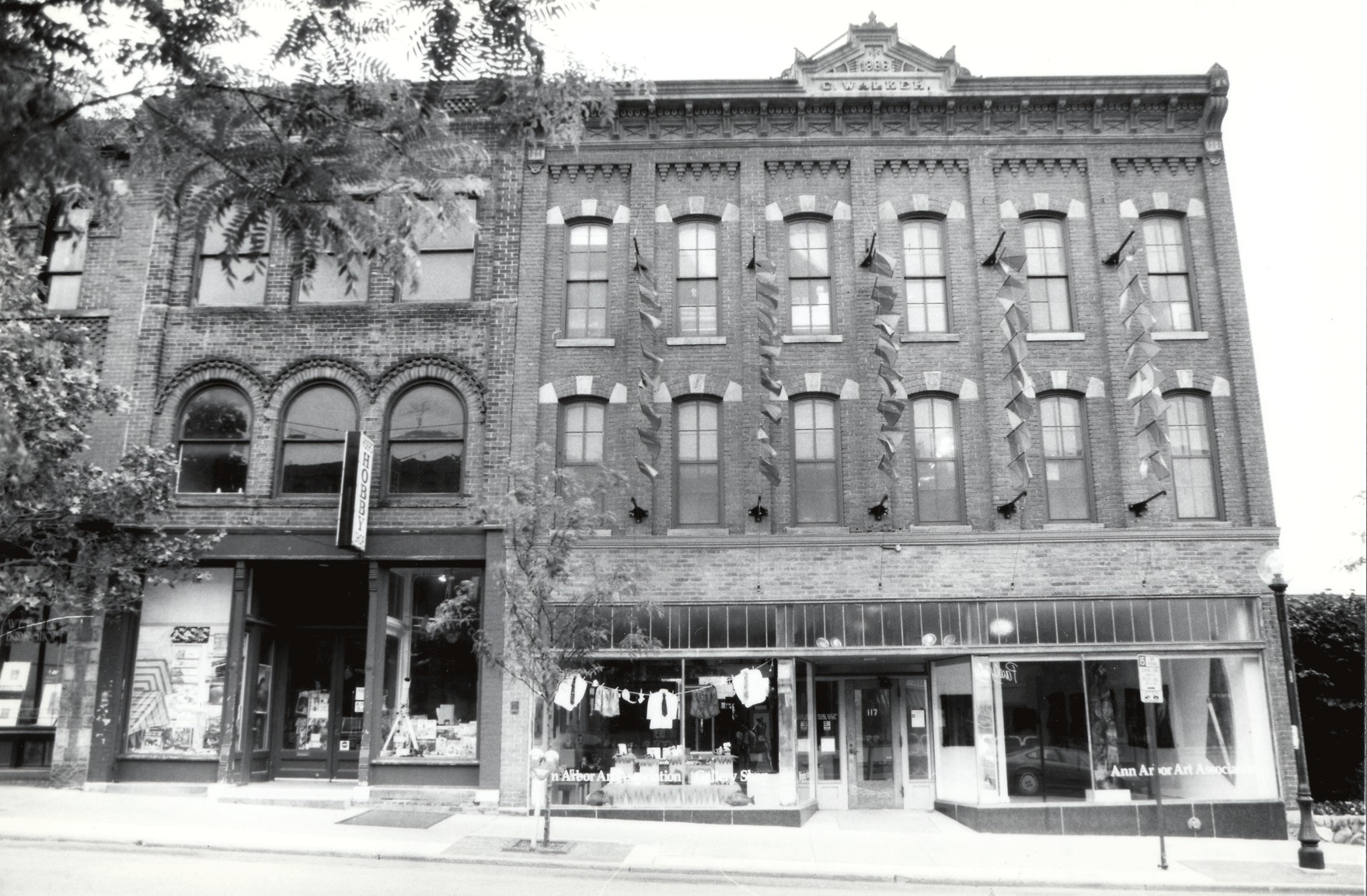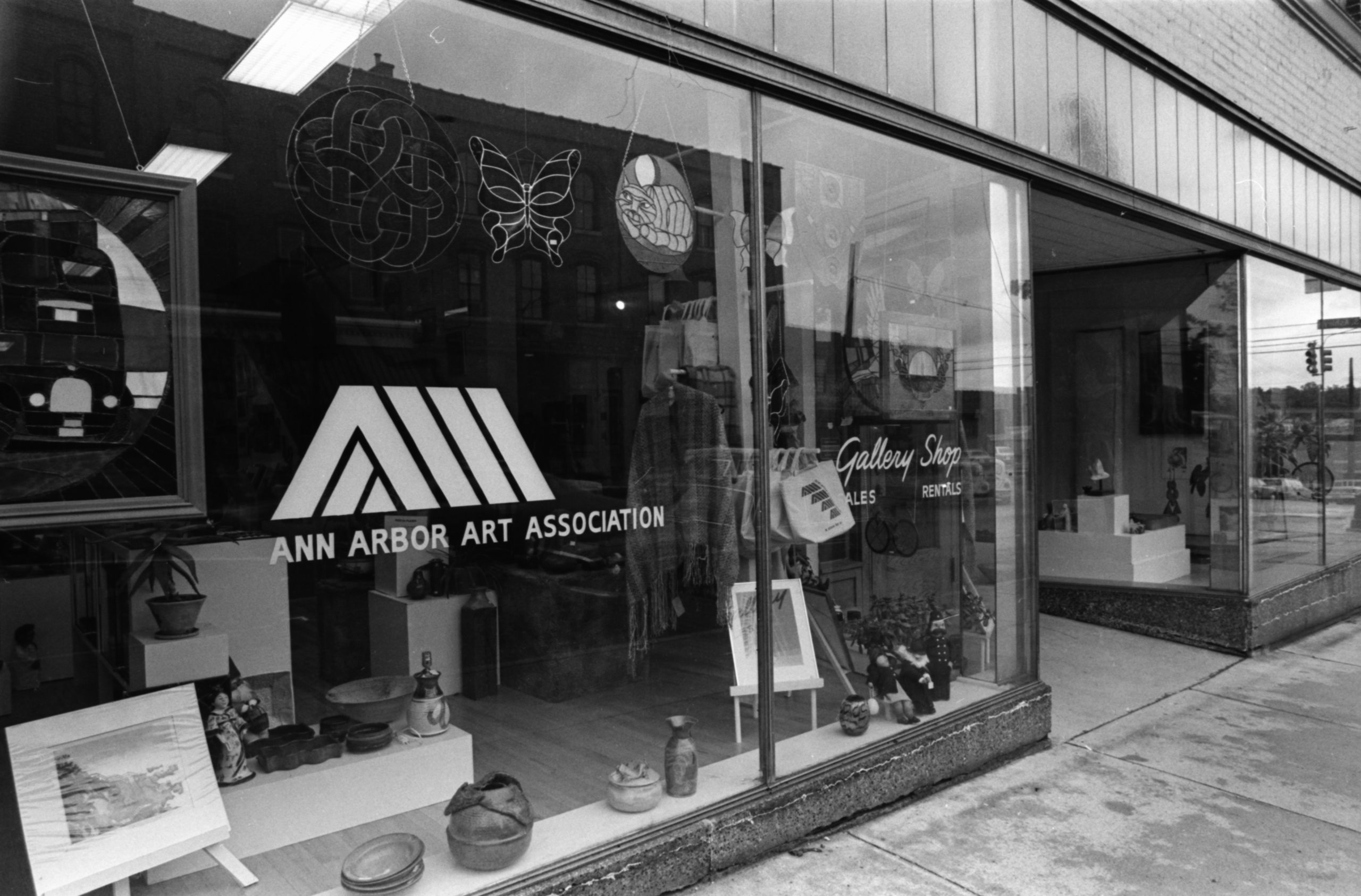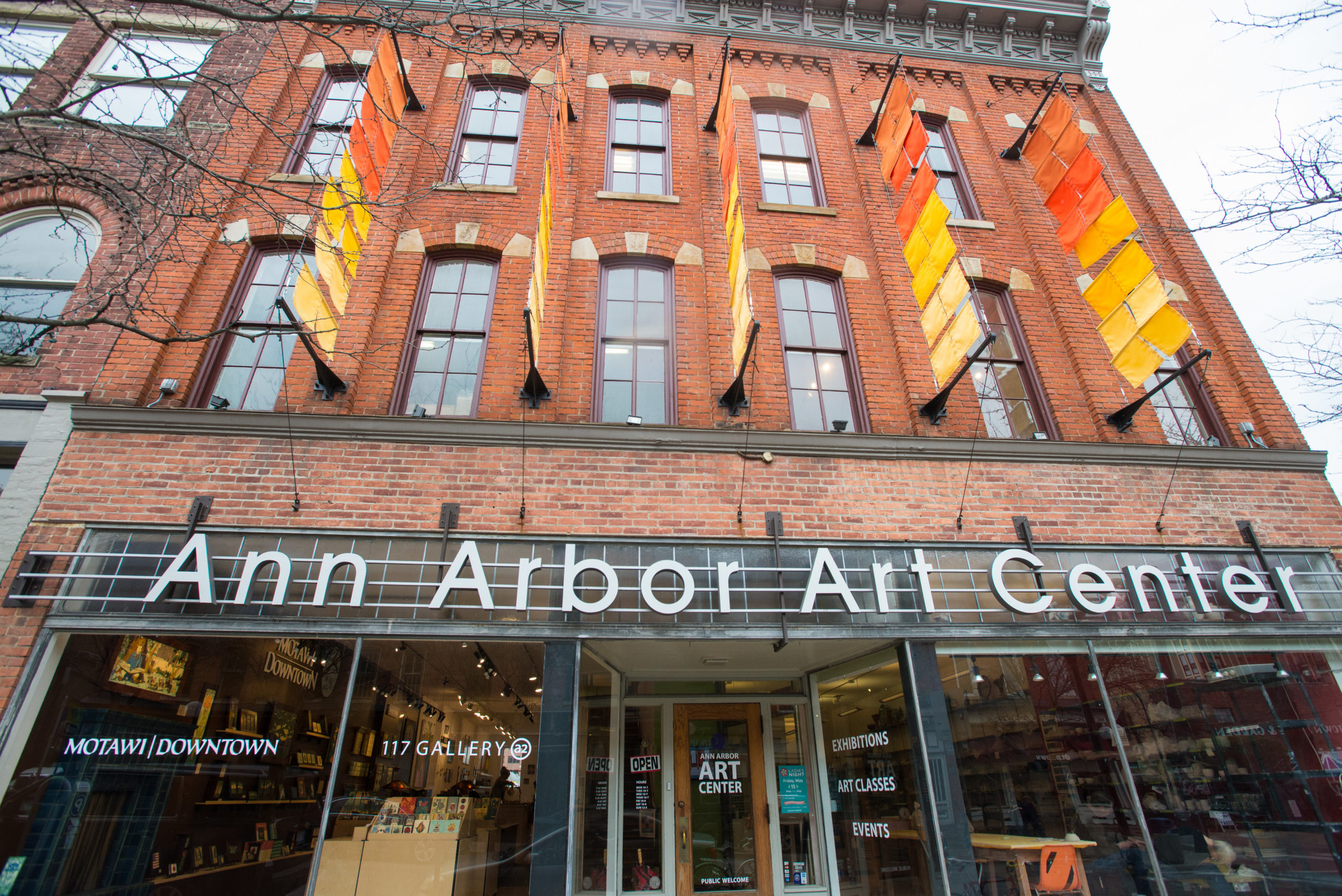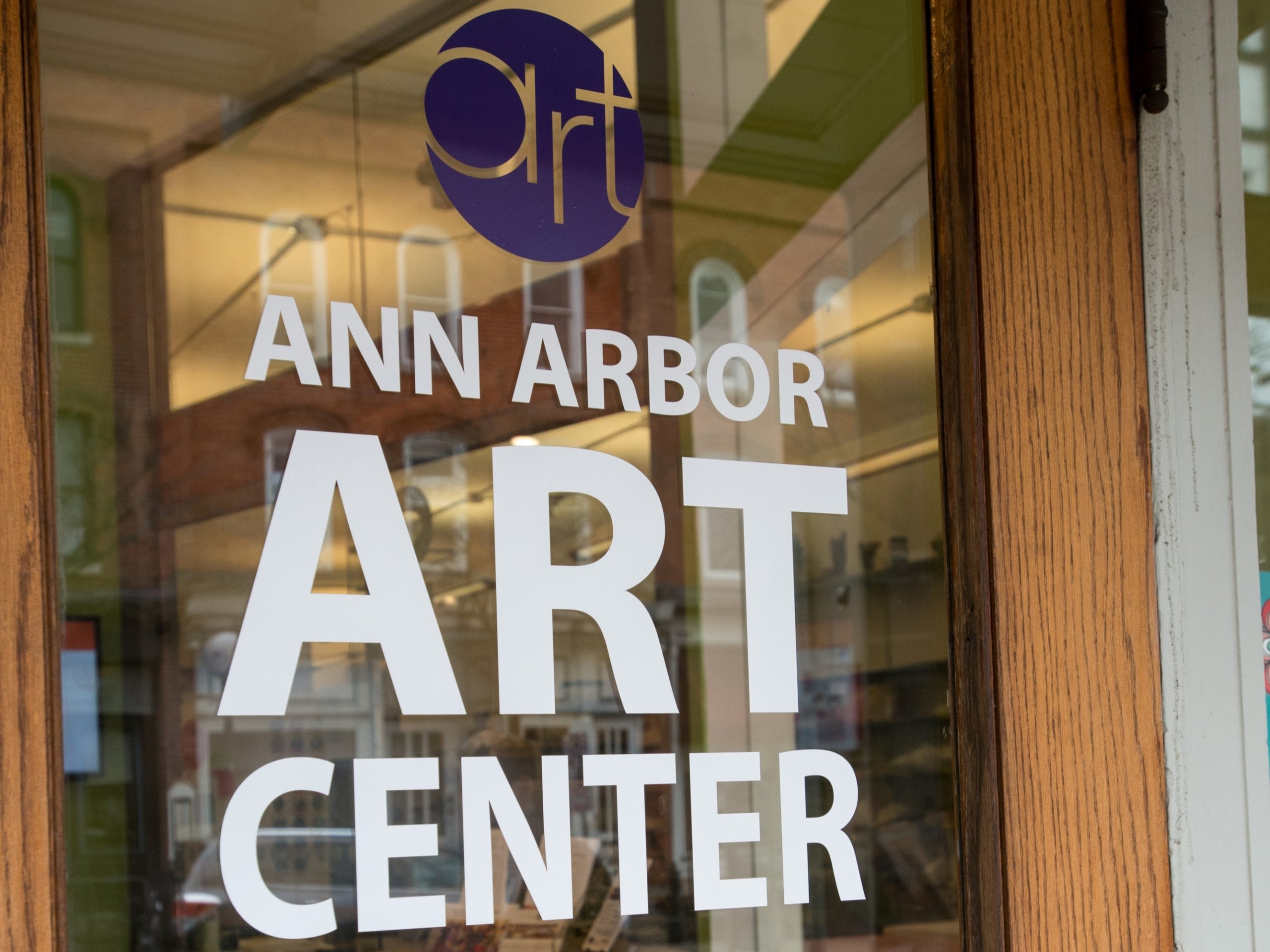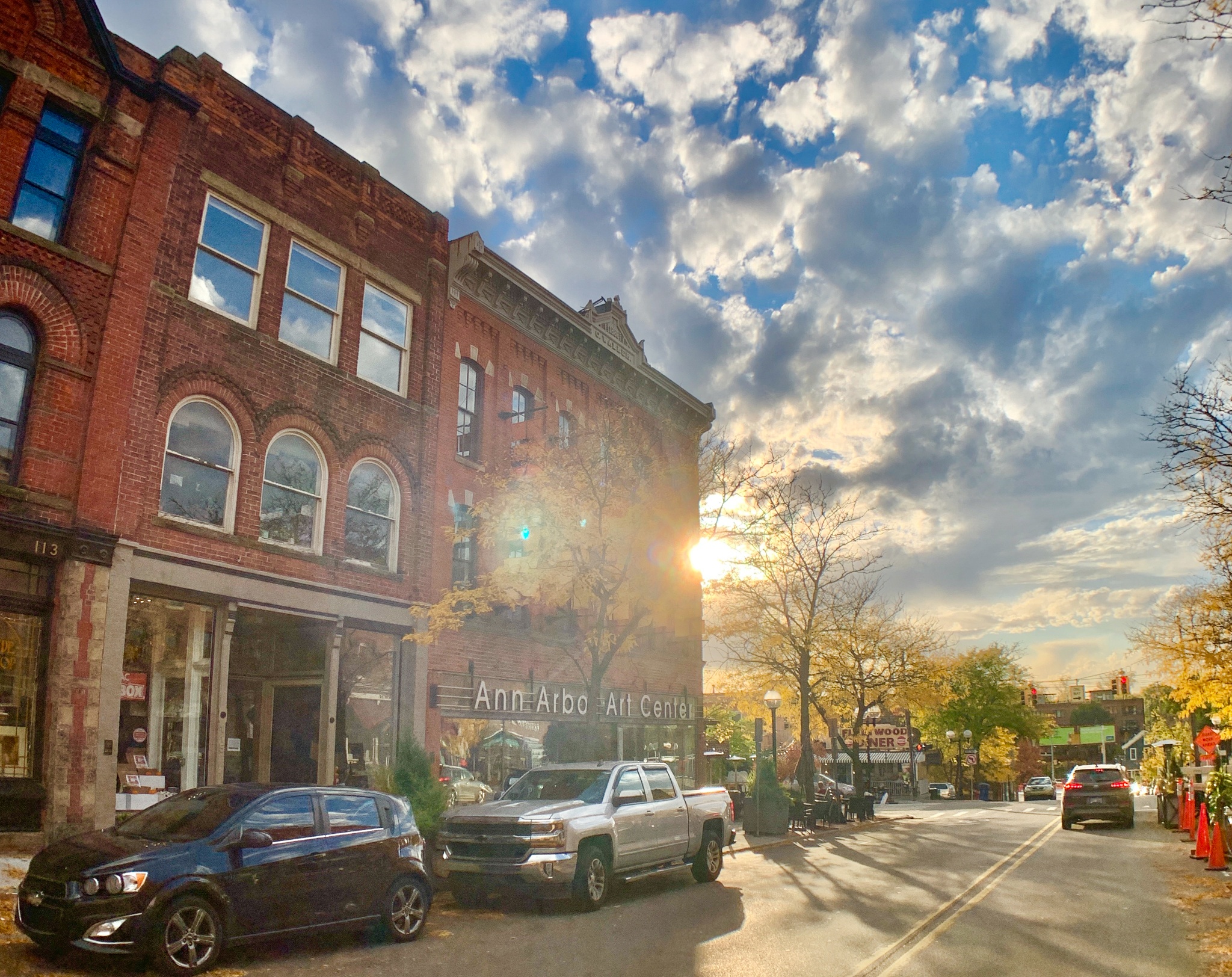As of February 2022, A2AC proudly owned both buildings mortgage-free! On May 18th, the A2AC celebrated the Grand Opening of their fully connected and renovated buildings with the A2AC Gala (formally known as Vine & Dine). A2AC now has four new art education studios, a second ceramics studio, two new art exhibition spaces, and a new HVAC system for everyone to enjoy. All the spaces are fully accessible, providing reasonable accommodations to make your time with us more comfortable. For an overview of the changes done in the space, please visit DFDG’s A2AC Expansion and Renovation article found HERE.
In July of 2022, the A2AC’s President and CEO, Marie Klopf, left the organization. After a thorough search, Jenn Cornell Queen was named as a replacement the following December.
